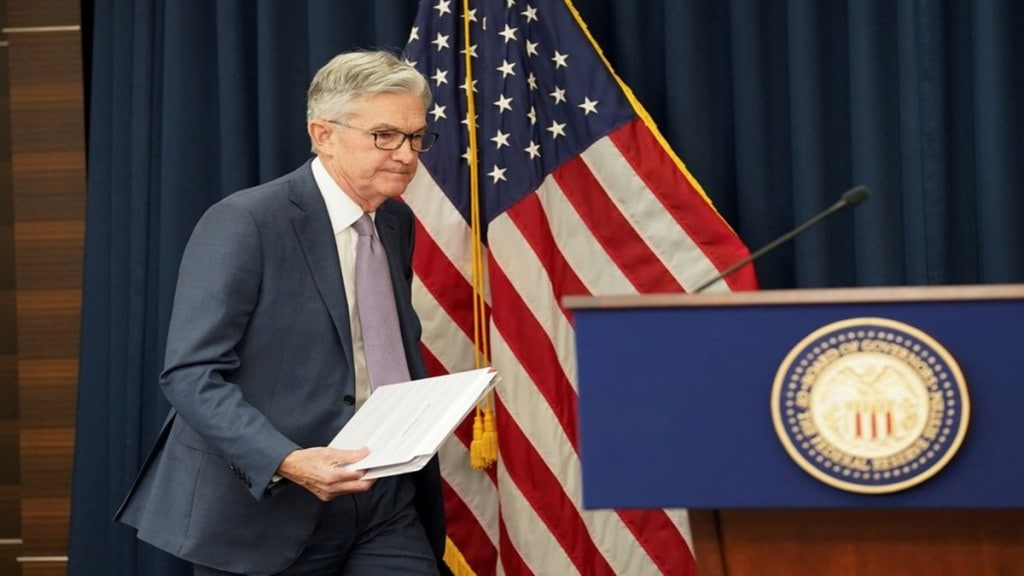Back in 2021, for Federal Reserve Chairman Powell, inflation was ‘transitory’ before it crossed multi-decade high levels of 9.1% in June 2022.
Since last March, the Federal Reserve has raised its policy rate by 450 basis points, from near zero to a range of 4.50%-4.75%, with the majority of the increases occurring between May and December 2022. And, the impact of rate hikes can be seen with inflation showing signs of cooling down. From 7.7% in October to 7.1% in November, annual inflation fell to 6.5% in December.
But, with the small dip in January numbers followed by the recent hot Producer Price Index release, will the Fed Chief’s remark about ‘disinflation’ go the ‘transitory’ way?
Fed officials including Powell indicated rates to remain higher for longer periods. After a stronger-than-expected US CPI report bolstered expectations the Federal Reserve will need to keep pushing interest rates higher to bring down inflation. The latest Fed commentary also showed that policymakers largely backed more rate increases. Markets anticipate that the terminal rate will exceed 5% by the time inflation appears to be under control.
The January US CPI data released on February 14 showed sticky inflation, falling marginally to 6.4%. On a monthly basis, CPI rose 0.5% in January from December, compared with a previous 0.1% increase. This is bad news for market participants and the Federal Reserve (Fed), both of which have been cheering signs of “disinflation” in recent months.
The Fed’s war on inflation seems to be far from over and this is not good news for the markets. The extent to which rate hikes harm the economy and corporate earnings growth remain to be seen, which is keeping the bulls at bay. Sticky inflation, rates higher for longer, higher valuations, and declining profitability are likely to be difficult for investors to swallow. For the Fed and also for investors who were hoping for a Fed pivot, believing the fight against inflation would soon be won, increasing inflation is bad news.

